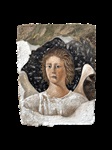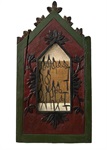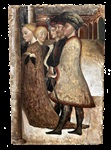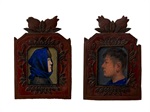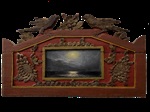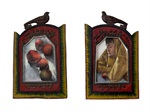1997 Born in Ulanqab City, Inner Mongolia Autonomous Region
2021 Graduated from the Printmaking Department of Southwest University for Nationalities with a Bachelor's degree
Currently pursuing a master's degree in oil painting at Yunnan University
SOLO EXHIBITION
2022
Han Xiaomeng's Personal Works Exhibition, White Night Flower God Poetry Space, Chengdu
2021
Literary Emotions and Artistic Style - iCollect Online Han Xiaomeng Charity Session, A Better Life Auction House, Beijing
GROUP EXHIBITION
2023
New Youth · Art Invitation Exhibition, Guizhou Art Museum, Guiyang
New Youth · Art Invitation Exhibition, Zunyi Art Museum, Zunyi
2021
2021 He Duoling Teachers and Students Exhibition, Time Art Museum, Chengdu
2019
He Duoling nominated artist exhibition, Song Chengcha Shi, Chengdu
2019 He Duoling Teachers and Students Exhibition, Time Art Museum, Chengdu
AboveChengDu He Duoling Teacher and Student Exhibition, Taikoo Li Chengdu Upper Art Space, Chengdu
2018
National College Student Art Exhibition Tour, Yixing Art Museum, Jiangsu
Beijing Youth Art Biennale, China Century Monument, Beijing
China Railway Construction Cup Equestrian Grand Prix and Equestrian Life Art Exhibition, Western China International Expo City, Chengdu
2017
National College Student Art Exhibition, China Art Museum, Beijing





